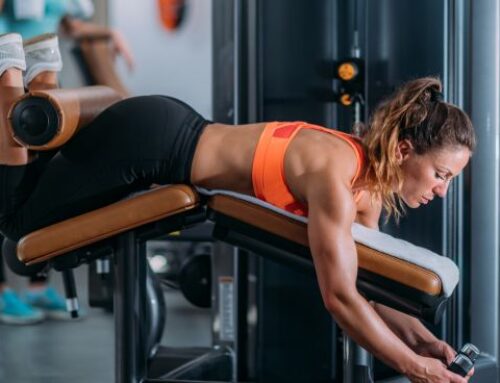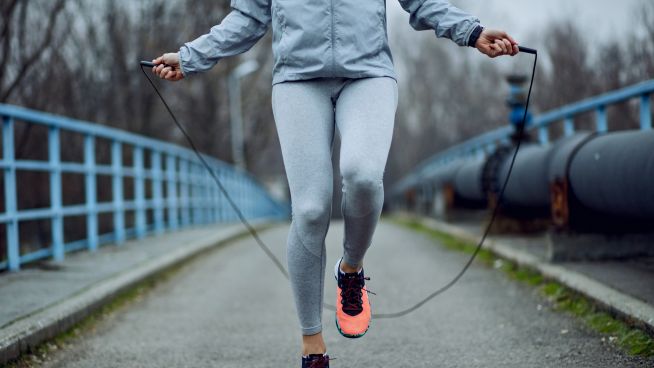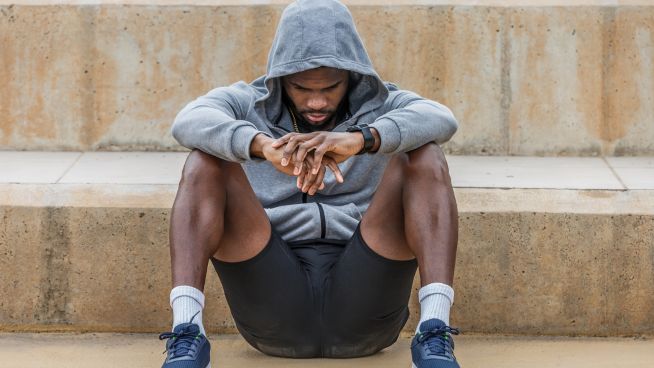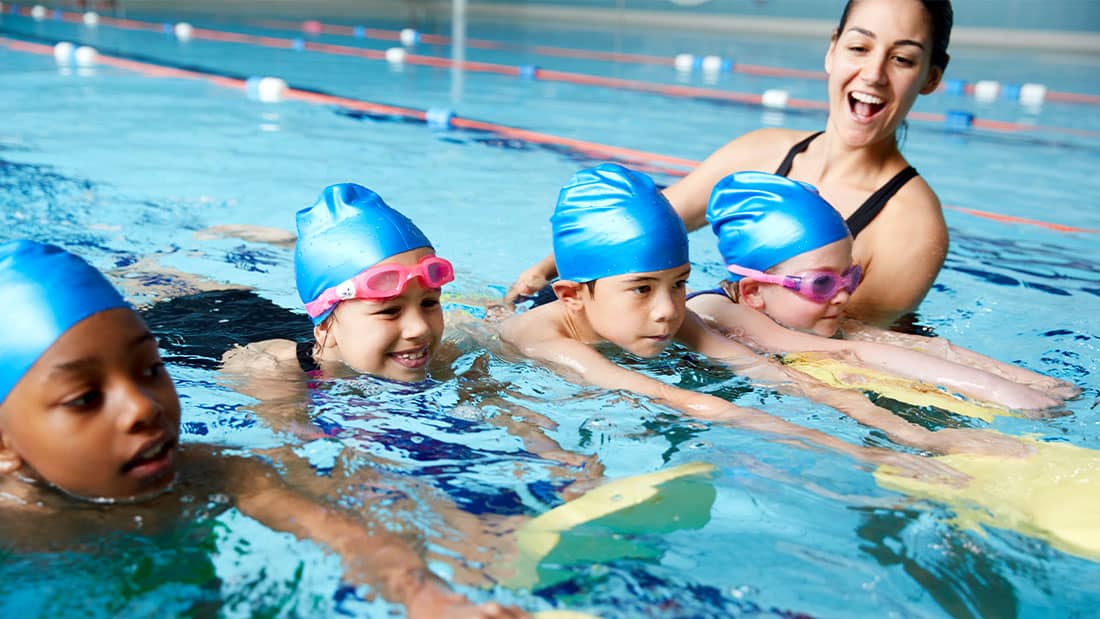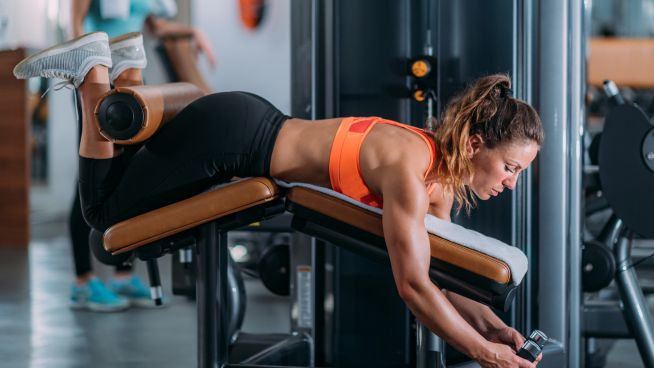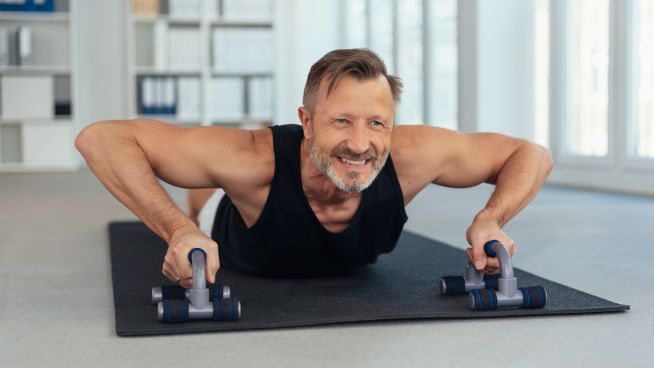5 Exercises Every Lacrosse Player Should Do
When taking a look at the sport of lacrosse it’s evident the athletes must be physically prepared in several qualities to stay safe, be competitive, and stay in the game. The sport requires athletes to be explosive, strong, and agile come game time. Targeted strength & conditioning work aimed to meet the demands of the sport is the best approach after building a foundation of athleticism and physical competencies. After reviewing the sport we have laid out 5 exercises for athletes looking to get ahead of their opponents this off-season.
Safety Bar Split Squat
Squatting movements are the king of lower body exercises when it comes to getting a powerful lower body, something you need to thrive in the sport of lacrosse, commonly referred to as the fastest game on two feet. The split squat works the quads, glutes, and hamstrings while also improving balance, core strength, and coordination to help put a little more oomph on your shots. Single-leg strength movements can also help to build speed for the field. I like to use a Safety bar for this movement because it allows athletes to maintain a safer, more upright position throughout the movement. This bar also allows athletes to progress into hand-supported split squats to push loads and outputs after training for an extended period.
Landmine Rotational Press
Lacrosse players need to be strong in the rotational plane to dodge defenders and take hard shots at the goal late in a game. The landmine rotational press performed from the standing position checks this box along with improving dynamic core stability and building upper body strength. Just as lacrosse players must be explosive with their lower bodies they must also be explosive with their upper bodies and the rotational press keeps them covered on this. Once comfortable with the movement it can be progressed by taking on different stance positions including half kneeling, tall kneeling, or from the split stance position.
Curved Sprints
Curvilinear sprints are an underutilized training tool yet when you watch games you notice that they are performed in just about every possession. It’d be great if we could run straight to the goal at the opposite end of the field but there is typically a defender standing in the way. This movement should not be confused with agility or change of direction training rather it is where an athlete has to adjust their body’s lean and running mechanics to move along a curvilinear path. In lacrosse the need for curvilinear running is magnified because of the amount of playing field located behind the goal.
Pull Ups
Taking the actions of the sport into account we see that the sports actions are filled with lat dominant movements whether that’s shooting on goal or passing to a teammate and we need these muscles to be strong as they play a pivotal role in guiding the path the ball takes. To make sure the work performed in the gym transfers to the field the pull-up and its variants are essential movements any player should be performing. Once you can do 8-10 full range of motion reps with body weight begin to load the exercise with external resistance using either a dip belt or a weighted backpack/ vest. If you are having trouble performing 3-4 full range of motion reps begin by jumping up to the bar and performing only the lowering or eccentric portion of the movement. You can even do this variation with a load over time. Just don’t be surprised if you can complete full reps shortly after.
Deadbugs
When your sport requires you to carry an object while running at full speed while opponents attack you it’s going to require a high demand for trunk control and torso stability. Being strong and stable allows you to maintain good upright running technique and see the field while running straight ahead but also comes into play when cutting, turning, or running in a curvilinear pattern and getting hit and checked. Athletes with good torso control can efficiently absorb and deliver contact to opponents. The deadbug is an exercise every athlete, in or outside of lacrosse should be doing to help build strength in various trunk and pelvis positions. One side of the body must remain contracted while the opposite sides extend without losing positioning. The goal here is to work the deep musculature of the core while the limbs are in motion.
The off-season is the perfect time to take your game to the next level and preparing the body through strength, power, speed, and stability training is the best method for building a more durable and robust lacrosse student-athlete. Give the exercises outlined above a try in your program to see how they can improve your game.
RECOMMENDED FOR YOU
MOST POPULAR
5 Exercises Every Lacrosse Player Should Do
When taking a look at the sport of lacrosse it’s evident the athletes must be physically prepared in several qualities to stay safe, be competitive, and stay in the game. The sport requires athletes to be explosive, strong, and agile come game time. Targeted strength & conditioning work aimed to meet the demands of the sport is the best approach after building a foundation of athleticism and physical competencies. After reviewing the sport we have laid out 5 exercises for athletes looking to get ahead of their opponents this off-season.
Safety Bar Split Squat
Squatting movements are the king of lower body exercises when it comes to getting a powerful lower body, something you need to thrive in the sport of lacrosse, commonly referred to as the fastest game on two feet. The split squat works the quads, glutes, and hamstrings while also improving balance, core strength, and coordination to help put a little more oomph on your shots. Single-leg strength movements can also help to build speed for the field. I like to use a Safety bar for this movement because it allows athletes to maintain a safer, more upright position throughout the movement. This bar also allows athletes to progress into hand-supported split squats to push loads and outputs after training for an extended period.
Landmine Rotational Press
Lacrosse players need to be strong in the rotational plane to dodge defenders and take hard shots at the goal late in a game. The landmine rotational press performed from the standing position checks this box along with improving dynamic core stability and building upper body strength. Just as lacrosse players must be explosive with their lower bodies they must also be explosive with their upper bodies and the rotational press keeps them covered on this. Once comfortable with the movement it can be progressed by taking on different stance positions including half kneeling, tall kneeling, or from the split stance position.
Curved Sprints
Curvilinear sprints are an underutilized training tool yet when you watch games you notice that they are performed in just about every possession. It’d be great if we could run straight to the goal at the opposite end of the field but there is typically a defender standing in the way. This movement should not be confused with agility or change of direction training rather it is where an athlete has to adjust their body’s lean and running mechanics to move along a curvilinear path. In lacrosse the need for curvilinear running is magnified because of the amount of playing field located behind the goal.
Pull Ups
Taking the actions of the sport into account we see that the sports actions are filled with lat dominant movements whether that’s shooting on goal or passing to a teammate and we need these muscles to be strong as they play a pivotal role in guiding the path the ball takes. To make sure the work performed in the gym transfers to the field the pull-up and its variants are essential movements any player should be performing. Once you can do 8-10 full range of motion reps with body weight begin to load the exercise with external resistance using either a dip belt or a weighted backpack/ vest. If you are having trouble performing 3-4 full range of motion reps begin by jumping up to the bar and performing only the lowering or eccentric portion of the movement. You can even do this variation with a load over time. Just don’t be surprised if you can complete full reps shortly after.
Deadbugs
When your sport requires you to carry an object while running at full speed while opponents attack you it’s going to require a high demand for trunk control and torso stability. Being strong and stable allows you to maintain good upright running technique and see the field while running straight ahead but also comes into play when cutting, turning, or running in a curvilinear pattern and getting hit and checked. Athletes with good torso control can efficiently absorb and deliver contact to opponents. The deadbug is an exercise every athlete, in or outside of lacrosse should be doing to help build strength in various trunk and pelvis positions. One side of the body must remain contracted while the opposite sides extend without losing positioning. The goal here is to work the deep musculature of the core while the limbs are in motion.
The off-season is the perfect time to take your game to the next level and preparing the body through strength, power, speed, and stability training is the best method for building a more durable and robust lacrosse student-athlete. Give the exercises outlined above a try in your program to see how they can improve your game.

